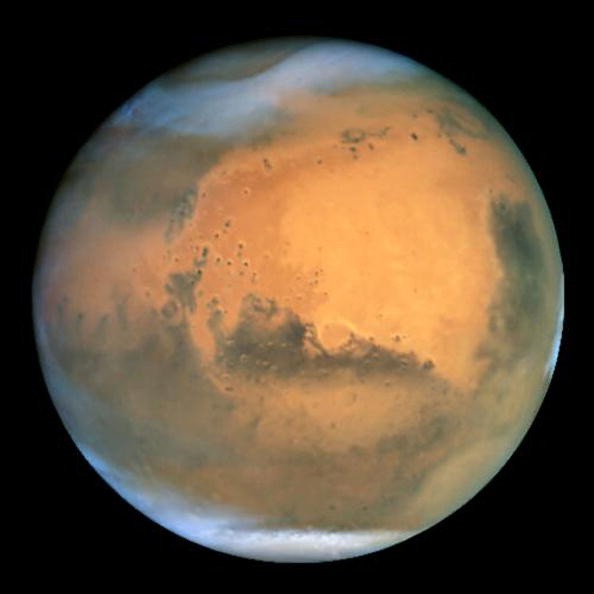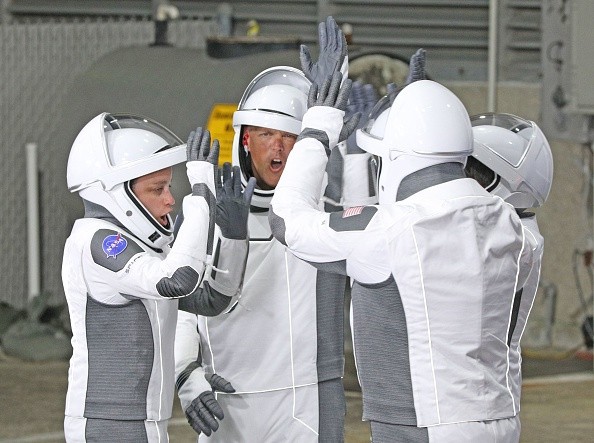Mars plants will soon be cultivated by the NASA Crew-4, which recently arrived at the International Space Station thanks to SpaceX.

This crewed spaceflight is the 4th fully-fledged ISS crew NASA sent into orbit using SpaceX's advanced rocket.
Ever since Elon Musk's independent space agency became operational, it was able to send six human spaceflights.
The latest one, which involves skilled NASA astronauts, will conduct tests to see if space plants can grow on Mars.
What's exciting about this new space goal is that the vegetables they plan to grow don't rely on the soil.
Mars Plants To Be Cultivated
According to Mashable's latest report, the four astronauts of the Crew-4 will perform various tests at ISS. Their efforts are part of their overall mission.

Also Read : NASA Axiom-1 Mission Undocks from International Space Station, Finally Returning to Earth
Some of their plant-based experiments involve tests for aeroponic (air-based) and hydroponic (liquid-based) plants.
"Right now, space-based plant systems are limited and rely on particulate media-based systems to achieve water and nutrients," said the international space union.
The four #Crew4 astronauts walk out from the Neil Armstrong Operations & Checkout Building at @NASAKennedy ahead of their journey to the launchpad: pic.twitter.com/ocyKNVedJE
— NASA (@NASA) April 27, 2022
Aside from air-based vegetables, the Crew-4 will also participate in the so-called "Protein-Based Artificial Retina Manufacturing" experiment.
This test will check if creating artificial human cells in the retina of bacteriorhodopsin is possible.
Space Plan Studies at the ISS
The International Space Station already has its so-called Veggie (Vegetable Production System), a space garden used by NASA astronauts and other space partners to study plant growth in microgravity.
For the past few years, this space garden helped NASA conduct plant research. Now, the new Crew-4 is expected to take the space plant studies to another level by growing vegetation on the Red Planet.
Meanwhile, NASA's commercial satellite communication network effort has already chosen six U.S.-based SATCOM companies to help it achieve its goal.
On the other hand, NASA's Juno spacecraft was able to take an astounding photo of the shadow of a Jupiter moon.
For more news updates about NASA and its upcoming space activities, always keep your tabs open here at TechTimes.
Read also: NASA KNaCK: Lunar Backpack to Provide Navigation on the Moon, Astronauts to Bring it on Missions
This article is owned by TechTimes
Written by: Griffin Davis
ⓒ 2025 TECHTIMES.com All rights reserved. Do not reproduce without permission.




